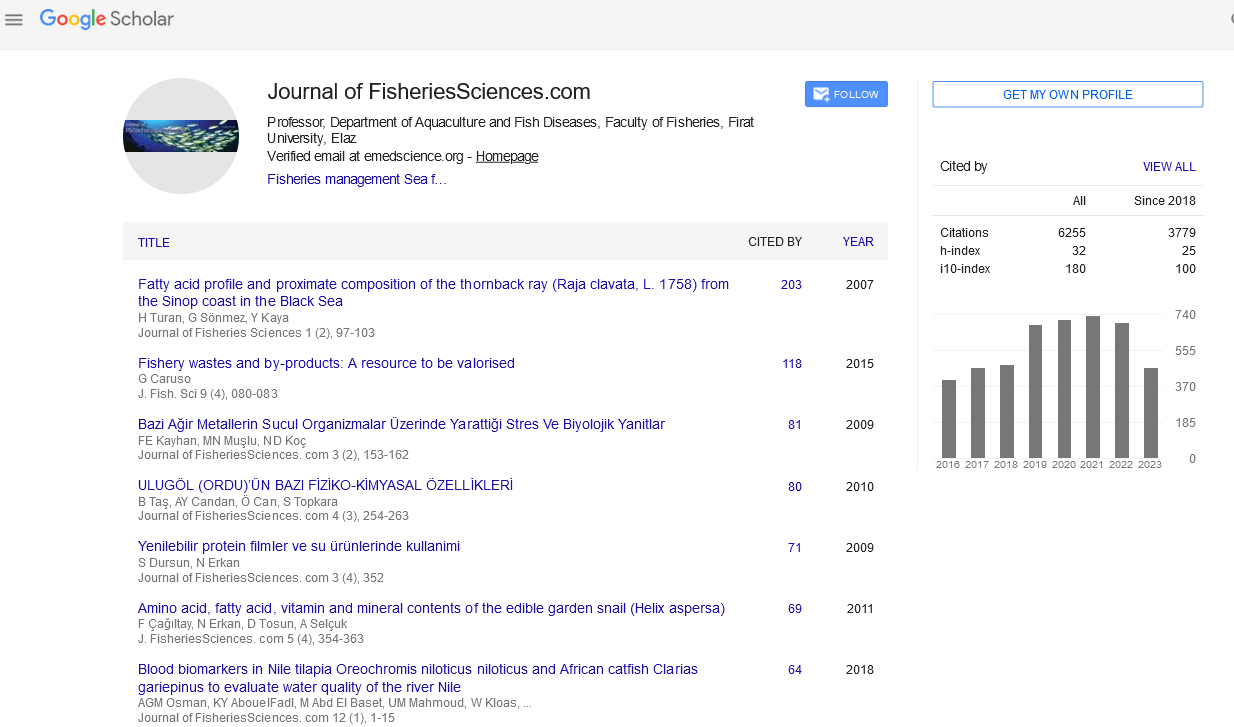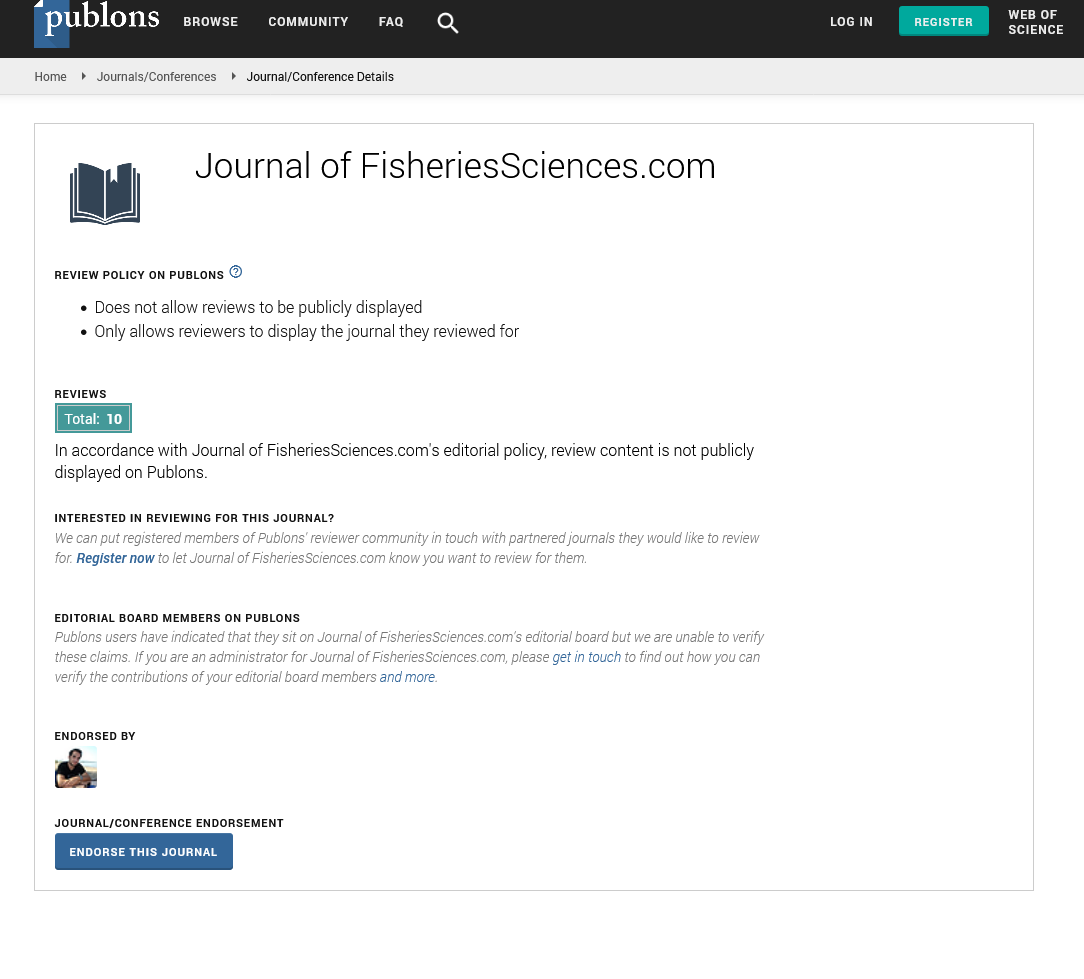Keywords
Artisanal Fisheries, Socio-economic, Co-management, Senat Al-Bahar/Oman
Introduction
Fisheries in Oman, like in other countries in the world represent the significant importance for different groups such as: government, fishermen and workers in professions related to fishery, pri-vate sector and public people. This is because it contributes in the national Gross Domestic Prod-uct (GDP). Furthermore, there are many people working in this sector as official managers or fishermen, truckers, businessmen and others. This sector enhances the food security through providing daily consumption of fish or other products that are processed from fish or other marine species. In this chapter, general overview about fisheries sector and all sides that serve and support it will be given.
There are two types of fishery in Oman, coastal and artisanal fishery and commercial fishery. The coastal and artisanal fishery is repre-sented by artisanal fishermen (36,320) (licensed, full and part time fishermen) (MAFW, 2010). They are using limited gears and fibreglass boats (vessels) which represent 96% (18,031 boats) of the artisanal vessels with total overall length be-tween 5 and 9 meters. Furthermore, they use coastal fishing ships, which are 728 ships, and they are mainly used in the east of Oman (Al-sharqiah) with length of between 12 – 32 meters. Ashasha is another kind, which is made of the palm tree branches and mostly used in the north east of Oman (Albatinah), there are only 274 boats and are used for light activities. In addition, there is Hori, which is a small wooden boat and accounting about 197 units (MOFW, 2008). Ta-ble 1 illustrates the number of fishermen, types and number of vessels by state for all states in Oman (MAFW, 2010).
Commercial fishery is represented by modern fishing ships, using developed techniques and gears for fishing. These ships are hired by fishing Omani companies to fish in predetermined areas and specific quota set by the Ministry of Agri-culture and Fisheries Wealth. In each of these ships, there is a government watcher to ensure that the ship is fishing according to fishing regu-lations of Oman and in the areas that authorized to fish. In addition, they make sure that these ships are fishing the right species based on the license that have been given. In addition, there is a satellite surveillance system using (VMS) for surveillance for double check on the fishing trips of the ship. Commercial fishing ships are divided regarding to fishing method and targeted fishes into two categories: demersal trawlers and long liners (Aloufi et al., 2000). Trawlers ships which are targeting demersal species, for instance cut-tlefish, crocker, sea bream, ribbon fish and cat-fish and working in areas for about 10 miles from the coasts or in depth of 50 m and more which is further. The ships of long liners are fishing big pelagic species such as Yellow fin Tuna, Long tail Tuna, Sailfish and Sharks, and work about 20 miles from the coast (MAFW, 2010). Due to the conflicts of this fishery with artisanal fishery for fishing in their grounds and breaking the fishing regulations that have set by the Ministry of Agri-culture and Fisheries Wealth, it is eliminated from the Omani waters in 2011.
The changes in small-scale and traditional fisheries and their ecological impacts on marine resources as a result of demographic and eco-nomic growth is a major issue in fisheries science (King and Adeel, 2002; Hunt, 2003; Cinner et al., 2009). Modern socio-economic transformations have proven to influence the ability of local communities to use traditional or customary management, possibly threatening the status of natural resources and resulting in emerging gov-ernance issues (Guillemot, et al., 2009). There are many resources around the world suffered from the insufficient fishery management and have many socioeconomic difficulties. In the Philip-pines, as the number of fishermen increased, their income declined as they go deeper and farther from shore using more complicated and destruc-tive fishing methods. The depleting fisheries, il-legal fishing, fishermen’s poverty and fishery degradation are representing a vicious cycle (Al-don et al., 2011). Likewise, small-scale fishermen in Sabah, Malaysia are removed from mainstream society due to the mainly rural and poor socioec-onomic backdrop of coastal fishing communities. Despite their low socioeconomic status, small-scale fishermen have historically played a vital role in contributing to food security, trade, and economic activity in Sabah (Teh, et al., 2011).
This study highlights the structure and func-tioning factors of the artisanal fishing sector in northern part of Albatinah region in Oman. It concentrates primarily on the social and eco-nomic characteristics of the fishermen in terms of age, income level, family size, and education by sample area. In fact, there are few studies on the socio-economics of the traditional fishing indus-try except Al-Oufi et al., 2000 and Al-Marshudi and Kotagama, 2006. The findings may have vi-tal implications on the prospective development of the fishing industry. Also, the private sector can utilize from such findings when planning for investment decisions for distribution, processing, and marketing, which require additional socio-economic data. This is mainly essential in Oman as it enters for trade in world markets character-ized by greater competition from free trade. Fur-thermore, the findings will provide important data on socio-economics, which will help the fishery managers to prepare suitable plans to manage the sector. Therefore, the purpose of this study was to review and analyze the results ob-tained from a socio-economics of fishermen car-ried out by a survey in Albatinah region. The or-ganisation of paper is as follows. Section 2, de-scribes the methodology that has been followed in this study. While, section 3 discloses the anal-ysis proceeds with the presentation of empirical results and discussions. Finally, the conclusion is covered in section 4.
An overview of capture fisheries sector in Oman
During 2010, the total production from fish in Oman was 164,000 m ton, which is recording in-crease of 3% with comparison to the year of 2009. This production represented a value of 117 millions RO (MAFW, 2010) with an increase of 13% from the previous year. The production of the coastal and artisanal sector was 146,964 m tons with an increase of 19%, while the commer-cial sector production decreased in percentage of 34% of the total production of 2009. There were 38 ships of this kind of fishing which 13 were long liners, and 25 were trawlers. The aquacul-ture production increased to reach 128 m tons and representing 8% with comparison of 2009 (MAFW, 2010). Landings of high-value and fa-vored species by Oman's artisanal industry have declined since the mid-1980s, although increased catches of other species have tended to offset weakening value and yields (Siddeek, 1999). Along the south Al-Batinah region of the Sultan-ate, increased fishing pressure of resource has led to a worsening of socio-economic conditions and disharmony among its users (Aloufi et al., 2000). Many accidents of fishermen conflicts occurred in the fishing sector in this area. The conflicts among fishermen to fish in the same fishing ground and conflicts to use the fishing gears are some of these issues. Moreover, the heavy rate of exportation represented one of the hottest issues that touch the economic sides of the resources users and the worker in the related professions of the fishing industry. The race to get as much as possible amounts from the resources affected the income of the fishermen and other parties (fish cutters, truckers and exporters) which caused de-cline in their income to very low levels.
Methods
The study is based on a 2010 survey of small-scale fishery; the survey based on probability sampling was employed in this study (Ardilly & Tille 2005). Before the actual survey was con-ducted the questionnaire was reviewed and tested several times. Data collection was carried out using a questionnaire that was designed accord-ing to the principles described in Mutchnick & Berg (1996) together with semi-structured inter-views. Responses to each question were pro-cessed and analyzed using SPSS. The survey is expected to represent the Albatinah region con-sisting of eight cities Barka, Almusanaa, Alsuaiq, Alkhaborah, Saham, Sohar, Liwa and Shinas. The actual survey focused on three sample areas in the northern part of this region (Figure 1), which are Sohar, Liwa and Shinas. The fishermen were selected by a simple random sampling tech-nique; each member of the population has an equal chance of being chosen (Rao, 2000). The representative sample size estimation was by us-ing Cochran’s sample size formula (Cochran’s, 1977) and Krejcie and Morgan table (Krejcie and Morgan, 1970). During sampling, 316 fishermen were chosen randomly out of the total population (4,339) based on the random sampling table. Ta-ble 2 shows the number and percentage of fish-ermen sampled in this study.
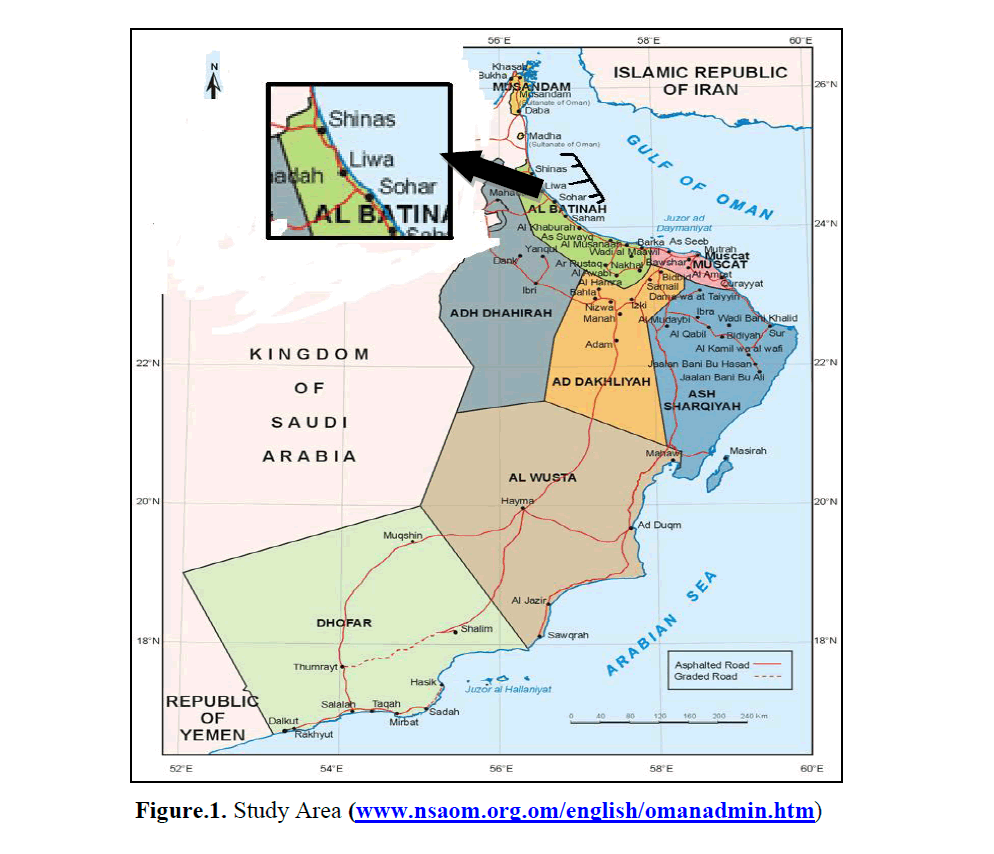
Figure.1. Study Area (www.nsaom.org.om/english/omanadmin.htm)
Results and Discussion
This section investigates some of the fishermen’s details in order to get general statistics according to their social and economic conditions. These details are the age, income, family size, work experience, education and relation to the fishery. Table 3 summarizes the socio-economic characteristics of fishermen by sample area. The age range recorded that; the most common age of the fishermen was over 50 years old as 26.3%. In Sohar 28.3% of fishermen fall within the age group of 41-50 years old, while in Liwa, the age group of 21-30 years old represents 32.74%. However, in Shinas, most of the fishermen were over 50 years old and accounted for 33.33% of the total fishermen in this area. In general, the fishermen in all sample area were old, mostly they are above 50 years. The people who were aging over 31 years old accounted for 68.3%, which represented the biggest group of age of all fishermen in the sample area. In contrast to the present study, Pollnac et al., (1984) in a survey conducted in the same area in 1979, recorded an average age of 35 years old for all fishermen, indicating that the intervening years may have seen a rise in the average age of fishermen. Another survey carried out in the southern area of Albatinah state in Barka, Suwaiq and Masn’a in 2000, stated that fishermen falling within the 41-55 years old group counted for 64% of all vessels ownerships, while 4.6% were recorded the youngest <26 years old (Aloufi et al., 2000). While, a study conducted in the Philippines by (Aldon et al., 2011) disclosed that the mean age of 41 and within the age bracket of 36–55. From which, the age of fishermen in the study area is high with comparisons with the other studies.
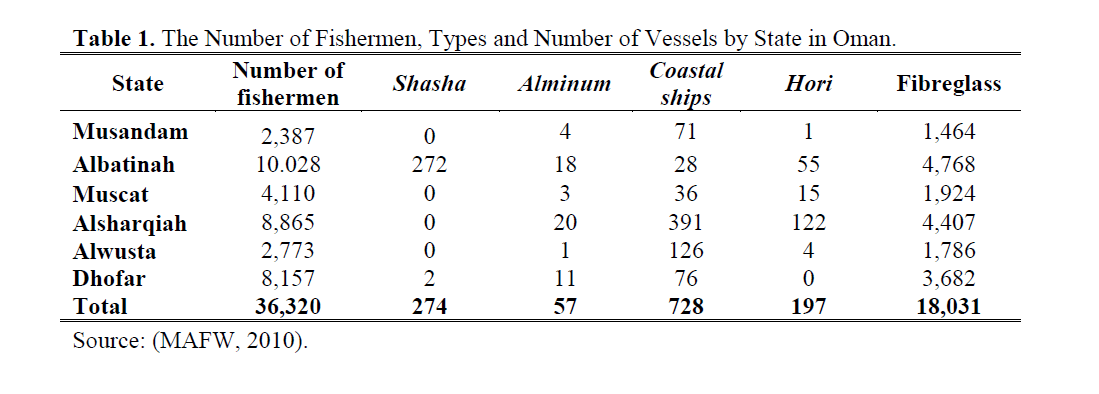
Table 1. The Number of Fishermen, Types and Number of Vessels by State in Oman.

Table 2. Number and percentage of fishermen according to Sample Area
Furthermore, Table 3 discloses the income level (1 USD = 0.385 Rial Omani (RO)) of the target group of fishermen by sample area. The data shows that most of the fishermen incomes were between RO (100-300) as represented by 63.3% of the total fishermen. There were 28 fishermen, who are 8.9% represented income over RO 1000. By the sample area, it seems that most of the fishermen were in the income category of RO 100 - RO 300. This shows that most of the fishermen were generally of low income. The level of income depends on the fishing gears that they used. There were many types of the fishing gears like gill nets, traps hand lines, encircling nets and beach seine. Generally, fishermen with high-income >RO 20000, who represented 8.9% of the total fishermen, are those who used beach seine and encircling nets because of their fishing efficiency, while fishermen of low income are those used lines and traps.
As comparison of the differences of income between sample areas, the majority of lowest-in-come levels were reported by Liwa (67.3%), Shi-nas (66.7%). Sohar showed the lowest percentage of fishermen income with RO 100 – RO 300 was 54.3%, while 14.1% of its fishermen were in the income group of over RO 1000, which represents the highest percentage between the city areas, as Liwa and Shinas were 8% and 5.4% respectively.
The comparison of the findings of another study on the opposite part of Albatinah state by Aloufi et al., (2000), revealed that an average an-nual income from fishing of RO 1869 (approx. USD 5000) was gained per vessel owner for the study area. Noteworthy was that the derived lower income from the fishery, which negatively correlated with literacy level but remained unaf-fected by employment duality.
Another demographic variable incorporated into the present study was the family size. Table 3 shows that the family size of all sample areas was mostly of 1-5 members group accounted the percentage of 29.7, while the lowest group was of the over 10 members represented 0.3%. As a comparison by city sample, in Sohar most of the family size group consisted of 1-5 members as 39.1%, while in Liwa, the group of 7-10 mem-bers was the highest recorded31%. However, in Shinas, the family size was relatively high, which most of the fishermen had family size group over 7 members, accounted for 63% of the total fish-ermen. In some cases, the family size reaches up to 20 members and this is most often associated with fishermen of old age.
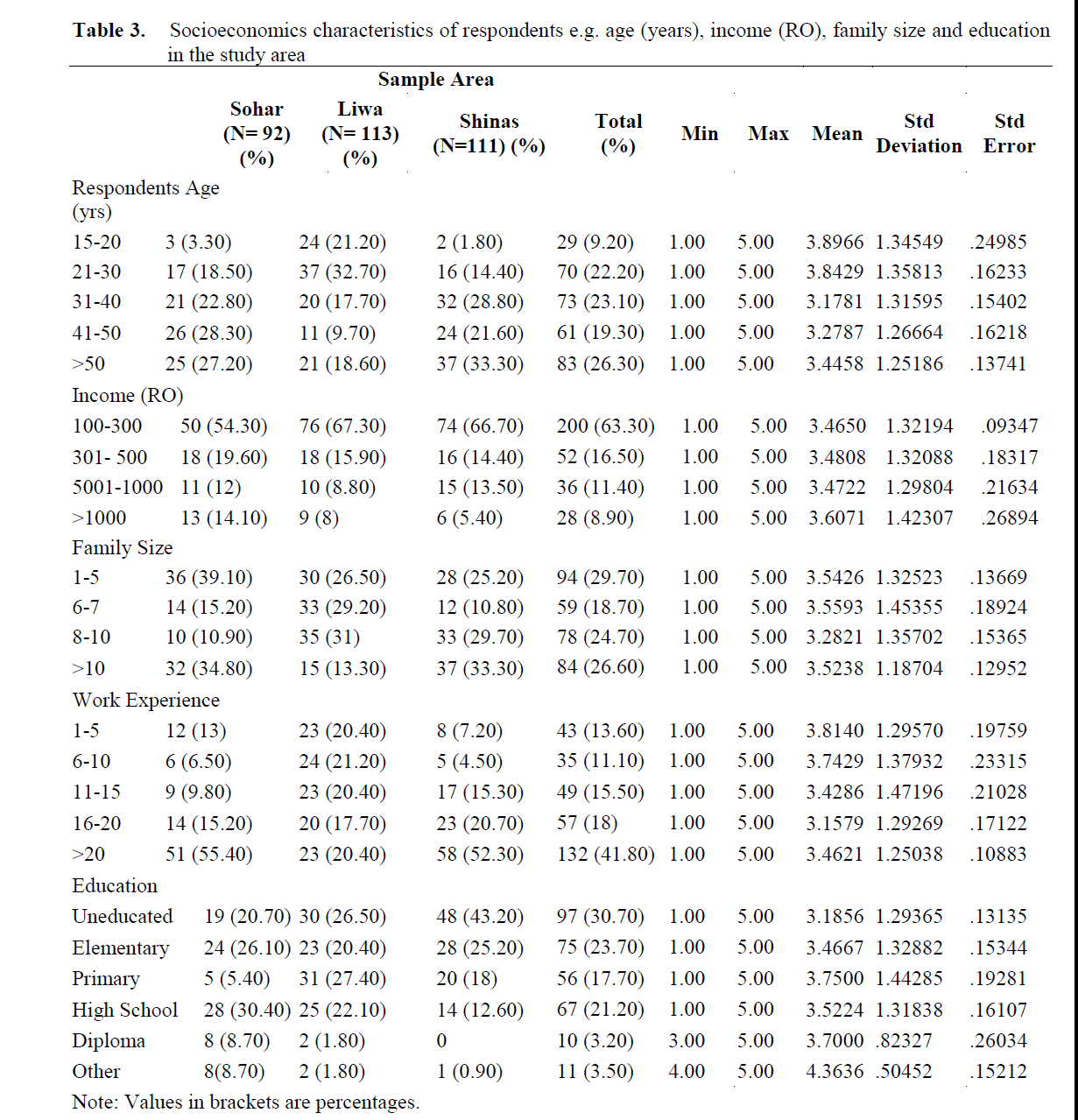
Table 3. Socioeconomics characteristics of respondents e.g. age (years), income (RO), family size and education in the study area
Findings on household size from a survey on the southern part of Albatinah state found that, the average number of individuals per family was 12.4, which is some 30% higher than the national average (Ministry of Development, 1993). Alt-hough no account was taken of family literacy rate, and while the national trend is towards free education for all children, a serious possibility may be that large household size, coupled with a shortage of local employment opportunities, will accelerate entry of individuals into the fishery, leading to increased pressure (Aloufi et al., 2000). The average household size in the Philip-pines was 8m, which is lower than the figures in our study area.
As general indication for the three sample cities, most of the fishermen had work experience of more than 20 years in percentage of 41.8. However, the group of fishermen experienced of 1-5 years was the lowest and represented 13.6% of the total fishermen. More specifically, in Sohar and Shinas there were 55.4% and 52.3% of fish-ermen respectively, fall in the group of work ex-perience of over 20 years, while in Liwa, the fig-ures are too close from each others, most of the fishermen were of experience of 6-10 years group accounted for 21.2%. These figures are revealed in Table 3.
The same illustrates the level of education at-tained by sampled fishermen from the sample cities. In general, the region's fishermen were ed-ucationally challenged, with the vast majority being illiterate. The statistics showed that most of the fishermen were uneducated in 30.69 percent, while the lowest group of fishermen represented by the diploma holders and recorded 3.2%. Vari-ation in literacy rate was apparent between sam-ple cities, with Sohar exhibited 30.4% of their fishermen were high school holders, while few of them were of primary studies. Majority of fish-ermen from Liwa counted twenty seven percent of primary school education, while 1.8% of them were of diploma holders. Shinas represented the lowest level of education compared with the other areas, which the uneducated fishermen rec-orded most of its fishermen in percentage of 30.7, while there weren't any holders of diploma and recorded the lowest group.
As a comparison with other studies, Al-Marshudi and Kotagama, (2006) found generally, in Oman the vast majority being illiterate with a mean of 62.9% for the entire sample. Further-more, the same findings were obtained from study applied in the southern part of Albatinah state (Aloufi et al., 2000). Moreover, on the in-ternational level, FAO (2007) estimated that, 41 million people depend on fisheries for livelihood, in which capture fisheries account for 72 percent of the labour force. Fishing households involved in capture fisheries are found to be poorer and less educated than their counterparts in the aqua-culture sector, with earnings as low as USD 1 per day (World Fish Centre, 2005). In the Philip-pines, literacy level was generally low, ranging between 2 and 14 years and averaging 8 years, which is equivalent to second year high school (Aldon et al., 2011).
As raised by Al-Marshudi and Kotagama, (2006), this figure should be carefully interpreted for two main reasons. First, the level of the fish-ermen’s education is very much linked with age. The educational program in Oman started in 1970, with only three schools and a total of 909 students in Muscat and Dhofar (Ministry of In-formation, 1989). Most of fishermen sampled, are in the 41–55 age group, suggesting that this group faced greater difficulty finding educational opportunities. Second, fishermen possess consid-erable knowledge about their fishing environment and fishing techniques, enabling them to be suc-cessful in their profession.
Al-Oufi et al., (2000) indicated, there are three main consequences of low educational levels for traditional fishermen. First, employment oppor-tunities outside the sector are significantly re-duced. Even where employment could be gained, this would likely be unskilled and low-income based. Such a situation would likely cause in the individual continuing to fish part time or return-ing full time to the fishing sector. Second, fish-ermen are more likely to undertake collective ac-tion with respect to managing fishery resources as their livelihoods depend on it. Finally, the low level of literacy dictates that any training or ex-tension programs must be specially designed to take account of their educational inadequacies.
Conclusions
The research that implemented in this part of Oman, discloses essential results. These results are related to the social and economic points of the artisanal fishing sector in Oman. The charac-teristics show that most of the fishermen are old, aging over 50 years old; they have low income. Family size is small, while they have long work experience. On the other hand, they are mostly illiterate and mostly working as vessel owners.
The fisheries in Oman represents very im-portant sector in term of national economy, em-ployment and food security. Due to this, the gov-ernment gave special attention in order to get its benefits and provide socioeconomic goals for the resource users. The government controlled the sector by top-down management for more than 40 years with open access and no restriction on harvest and gears use. Moreover, the decisions that are taken have negative impact on the re-source and users and are not accepted from the fishing communities. Many problems occurred due to this management like conflicts among fishermen, while, in some states like in Albatinah overfishing threatens the area.
The socio-economics, attitude, and behavioral variables are all important in explaining the real state of the artisanal fishermen, which have to be given special concerns.
In general, the level of conservation for re-sources through the current management and policies are not enough, except for the some measures given to the local community sea code (Senate Albahar). In fact, many of the fishermen expressed their wishes to involve the local com-munities in the management. These findings dis-close the need to review the present fisheries management policies and involve the fishermen in the management. This attitude will lead to im-prove the fisheries management in general and will improve the socio-economic conditions of fishermen.
As a suggestion to improve the efficiency of the current policies, the Government involvement in co-management system with the other stake-holders in the sector is necessary in order to cor-rect the current failure. Moreover, to ensure the provision of an adequate exchange of responsi-bilities, rights, knowledge and governance for small-scale fishermen in order to achieve the longer sustainability for the fishery. Furthermore, the organization of extension and training pro-grams for fishermen, planning for more invest-ment and adjust existing policies. It is important to note that some developments or changes may be required if solutions are going to adequately address some of the higher priorities. Attempts to find solutions require careful consideration of prevailing social rules and habits. It is hoped that suggested changes which address existing prob-lems don’t simply create new, more complex ones.
Acknowledgements
Great appreciation is to the Ministry of Higher education in Oman, for funding this study. I owe a great appreciation to my supervisory committee during my master study at Universiti Malaysia Terengganu (UMT), Prof. Dr. Nik Hashim Nik Mustapha and Dr. Azlina abd Aziz. Also, I share my sincere thanks to the fisheries officers in Al-batinah region (Study Area): Mr. Rashed Al-ghafri, Mr. Abdullatif Albelushi and Mr. Khalid Almaamari from Sohar department, Mr. Juma Albelushi from Liwa, Mr. Yaoop Alghasani from Shinas and Mr. Hassan Shaml Albelushi for their support during the field work and data collection. In addition, I am very grateful to Issam Madhagi for his assistance during the analysis of data and using SPSS.
602
References
- Aldon, Ma.E.T., Fermin, A.C., Agbayani, R.F (2011). Socio-cultural context of fishers’ participation in coastal resources manage-ment in Anini-y, Antique in west central Philippines, Fisheries Research, 107: 112-121.ndoi: 10.1016/j.fishres.2010.10.014
- Al-Marshudi, A.S., H. Kotagama., (2006). Socio-economic structure and performance of tra-ditional fishermen in the Sultanate of Oman, Marine Resource Economics, 21: 221-230.
- Aloufi, H., McLean, E., Palfreman, A., (2000). Observations upon AlBatinah artisinal fish-ery, the Sultanate of Oman. Marine Policy, 24: 423-429.ndoi: 10.1016/S0308-597X(00)00017-8
- Ardilly, P., Tille, Y., (2005). Sampling Methods: Exercises and Solutions. Springer: New York.nCinner, J.E., Mc Clanahan, T.R., Daw, T.M., Graham, N.A.J., Maina, J., Wilson, S.K., Hughes, T.P., (2009). Linking social and ecological systems to sustain coral reef fish-eries, Current Biology, 19: 206-212.ndoi: 10.1016/j.cub.2008.11.055
- FAO., (2007). The State of World Fisheries and Aquaculture. FAO Fisheries Department, Rome, Italy.nHunt, C., (2003). Economic globalisation impacts on Pacific marine resources, Marin Policy, 27: 79-85.ndoi: 10.1016/S0308-597X(02)00055-6
- King, C., Adeel, Z., (2002). Strategies for sus-tainable coastal management in Asia and the Pacific perspectives from a regional initia-tive, Global Environoment, 12: 139-142.
- Ministry of Development., (1993). General cen-sus of population, housing and establish-ments, detailed publication of the results of the general census. Sultanate of Oman.
- Ministry of Agriculture and Fisheries Wealth (2010). Fishery Statistical Book. Muscat, Oman.
- Ministry of fisheries wealth., (2007 and 2008). Fisheries Statistical Book. Muscat, Oman.
- Mutchnick, R., Berg, B., (1996). Research Meth-ods for the Social Sciences: Practice and Applications. A Simon & Chuster Company. USA.
- Guillemot, N., LÃÂÃÂÃÂâÂÂÃÂâ â≢ÃÂÃÂââ¬Ã
¡ÃÂâÂÂÃÂéopold, M., Cuif M., Chabanet, P., (2009). Characterization and manage-ment of informal fisheries confronted with socio-economic changes in New Caledonia (South Pacific), Fisheries Research, 98: 51ÃÂÃÂÃÂâÂÂÃÂâÂÂÃÂâÃÂÃÂââ¬Ã
¡ÃÂâââ¬Ã
¡ÃÂìÃÂÃÂââ¬Ã
¡ÃÂâââÂÂìÃÂ
âÂÂ61.ndoi: 10.1016/j.fishres.2009.03.013nPollnac, RB., Logan PN, Sutinen., J, Peterson S., (1984). Socioeconomic aspects of the fish-eries of Oman. International Centre for Ma-rine Resources Development, University of Rhode Island, unpublished report.
- Rao, Apaoduri S.R.S., (2000). Sampling Meth-odologies with Applications. Florida: Chapman and Hall/crc.ndoi: 10.1201/9781420057614
- Siddeek, M.S., (1999). Marine Fisheries re-sources, Fisheries and marine environmental management, coral reefs, and marine parks in the Northwest Indian Ocean. FAO Re-gional Workshop on Fisheries Monitoring, Control and Surveillance, Muscat, Sultanate of Oman, 24}28 October 1999.
- World Fish Centre., (2005). The Strategies and options for increasing and sustaining fisher-ies and aquaculture production to benefit poorer households in Asia. ADB-RETA 5945: project completion report (main re-port) Penang, Malaysia: The World Fish Centre, 2005. pp 235.





